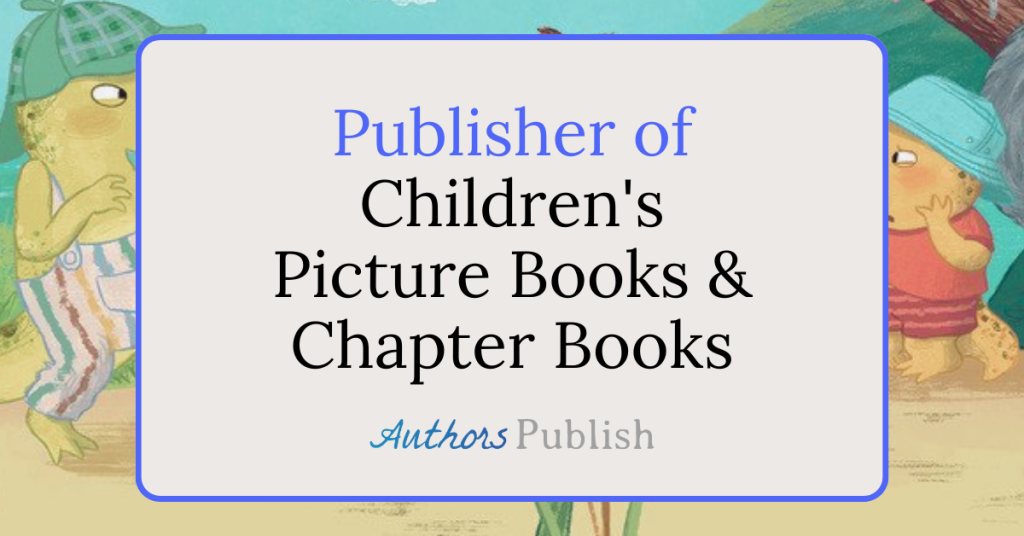— Wendy S. Delmater
This is the second article in a series, the first can be read here.
As a writer you want your readers fully immersed in your world, as seen through the eyes of a character that they fully identify with. The last, the very last thing you want to do is break the reader’s suspension of disbelief. In this series of articles, I use the old newspaperman’s checklist — “Who, what, where , when, why, and how” — to describe things to avoid, and I will outline the cure for each error.
In a previous article, we discussed how to not confuse readers about “Who, what or why”. In this article we will discuss writing errors that can throw readers out of a story when they are confused about “Where and when.”
Where:
Please don’t confuse your reader about basic things like where they are. Unless your character wakes tied up in a dark room, or sensory deprivation tank, or you’re doing an altered consciousness sort of tale, which is VERY hard to do well (especially at first!), the setting should be crystal clear.
If you have no idea what the scene looks like (or have only a vague idea), then how can you expect your reader to see something that is missing or not fully formed? I cannot tell you how many times I as an editor, working with a client, asked them what kind of a room their character was in and discovered that they had only the vaguest idea of where their character was located. Writers cannot ground a scene by having their characters interact with the environment if they don’t know what the environment is.
Again, this is a function of knowing your setting. Where is your character? Specific details are always more grounding than vagueness. Be particularly vigilant about night scenes, because the human mind uses daylight (or at least light) as a default setting, and you will have to constantly, subtly remind the reader that they are reading a night scene by reminding them of the diminished light – or they will get thrown out of the story when they forget the lighting. I’m serious.
When:
There are three aspects of “when” that can throw your readers out of a story.
The first one is not being true to a time period. Please stay within the confines of the time period you’re writing about. For the past, make sure you don’t inadvertently use technology that has not been invented yet or phrases people of that time period would not have used. Conversely, if you’re writing about the future do not be limited by today’s technology.
The second “when” problem that can throw a reader out of your story is inconsistent verb tenses. Watch your tenses! Decide if you’re going write your story in past tense or present tense before you start writing, and check your manuscript when done to see if you’ve been consistent.
Tip: A quick and dirty trick to look for sections written in the wrong tense in your manuscript is to search for various tenses of the verb TO BE. If you find any sections of your manuscript where conjugations of the verb TO BE are in the incorrect tense, chances are good that in that section many things will be the wrong tense. Of course you should check your entire manuscript word by word when you are proofreading, but this will eliminate many instances of you using the wrong tense before that careful check.
The third aspect of “when” that can throw readers out of your story is inconsistent dates/seasons. There is a funny little song for children that asks, “What day is it, would you please tell me? What day is it, I’m confused you see…” It always makes me think of the calendar woes that you might run into writing a story or novel. For shorter works, it may simply be sufficient to write a story in the context of a single day, or even a single afternoon, maybe even a single hour or a few minutes. But if that’s not the case, you need to be mindful of the clock that your character will be tuned to in their own world.
For science fiction writers that may mean you decide what “ship time” is and whether or not it coincides with the particular place on the planet below them. It might also mean that a particular planet has the longer or shorter day than people from Earth are used to. And please don’t forget to allow the time lag in communications if spaceships, space stations, or people on planets are at a distance from each other.
For fantasy writers your world may have a way of keeping time based on the phases of the moon, seasons, religious festivals, harvests, or the habits of local wildlife like migratory birds or bears in hibernation. If there are no mechanical timepieces they may use sundials, and in cities there may be town crier announcing the hour. They may not even have our concept of time, or of tracking the hours of the day, but unless the time period is really short the writer should still let the reader know — at least vaguely — how much time has transpired during various parts of the story.
Once you’ve decided how (and if) time is kept, it would be really nice if your character abided by that system and that your readers knew where the character was in that time sequence. It’s not hard in shorter works, but in longer works you might actually need to draw out a timeline just to make sure that everything makes logical sense.
In a longer work, especially a multiple-point-of-view book, you may have several sequences of events going on at the same time. A good example of this would be in The Lord of the Rings, where you have one timeline for Frodo and Sam trying to get into Mordor and another timeline Legolas, Gimli and Aragorn trying to rescue Merry and Pippin from some orcs going the opposite direction. The easiest way to make sure of tricky timing of the sequence of events is to write a timeline: just a long line you draw where you use a consistent measure of time and place events along it. I’ve also seen this done with a series of 3 x 5 cards: the timing of each scene can be set up on a wall so that everything would reach a book’s climax at approximately the same time. I understand that Tolkien’s entire garage wall was taken up in his sequencing the timeline for The Return of the King.
This might also require a little bit of research. If your character is supposed to go a certain distance by horseback you need to know how far a horse can go in the day, reasonably (or unreasonably, if you have a message rider who gets switch out to fresh horses in an emergency). If you get that wrong and your mounted character travels a thousand miles in one day it’s going to throw a lot of people who know better out of the story.
So, to summarize: in your book or story you should communicate timelines and locations clearly, keeping the tense you write in consistent.
In the next article in this series we will talk about “What not to do” about the concepts of what… and why.
Wendy S. Delmater is the editor of Abyss & Apex Magazine of Speculative Fiction. The above is an adapted from her coming book, Writing the Entertaining Story.





